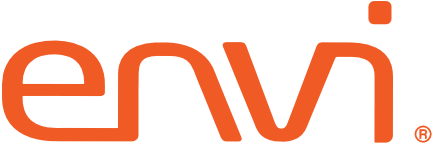
One of the biggest challenges to great supply management is getting and maintaining the “right” inventory levels. Of course we can debate this: Is it right to be just in time or right to be just in case? What did you decide?
While there may not be one single “right” answer, maintaining the right level of on-hand supplies eliminates overstocking and stock-outs. Tracking consumption is the most important factor in knowing what you’ve got, and what you’ll need today and even tomorrow.
But it’s more work!
Is it worth it? Accuracy leads to better results. Tracking item consumption provides critical data for supply management. It helps maintain perpetual inventory, reduce on-hand supplies, and track lot, serial numbers and expiration dates. By improving inventory management and consumption tracking, you’ll reduce overall supply costs, loss and waste, and improve cash flow and revenue.
7 ways you can improve through consumption tracking.
1. Start small with the 80/20 rule. By tracking 20% of items – the highest cost items are often found in ortho, durable medical, implantables – you’ll capture around 80% of your spend. Tracking consumption of these items helps improve billing accuracy and capture more revenue by identifying items at the patient level.
2. With a working process, extend tracking to all products. You’ll need multi-area alignment, so consider how departments will track items as they’re pulled. Keep processes easy for clinicians to get better compliance. By understanding usage at the department, physician or service line level, you’ll also build a picture of profitability.
3. Align consumption tracking with accounting procedures. If your organization receives items in as assets, you have to expense them at time of use. Track usage so you know when to recognize the expense. Partner with finance to ensure alignment.
4. In surgical areas, scan items at the end of a procedure, not as they’re pulled. We know preference cards aren’t always accurate. When you scan items out for a procedure, returning them to inventory can be difficult. Scanning at the end gets a more accurate view; patient billing will be more exact and you’ll understand case costing.
5. With real consumption data, re-evaluate par levels in inventory areas. When you’ve established data that reflects usage over time, reset par levels to reduce inventory wherever possible. Two quick tips: Be sure your team uses on-hand inventory before reordering and stock items in the fewest locations to avoid overstock and expirations.
6. Set up auto-PO replenishment. With accurate tracking data and correct par levels, now you can establish auto-POs for replenishment, making reordering high-use items accurate and simple.
7. System check: cleanse your data to be sure you’re describing products consistently throughout your organization. This lets you share data across systems and maximize reporting. Consumption data builds accuracy in budgeting, forecasting and planning.
Tracking consumption unlocks information to help manage and reduce inventory, building visibility to what’s on shelves, what’s on order and what’s been used.
When you overstock, you’ve not only over-spent, but you’ll also lose more dollars through product expiration, waste and loss. Overstocking means cash is sitting on your shelves.
Want to learn more? Here’s a recent blog post on how data gets your supply chain on track.
Count on the Envi team for help! Let us know if you have questions about improving consumption tracking.
